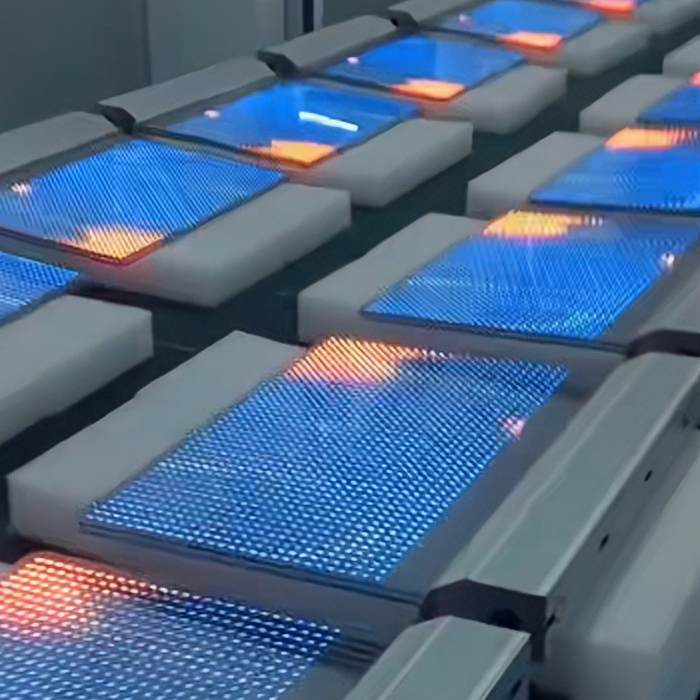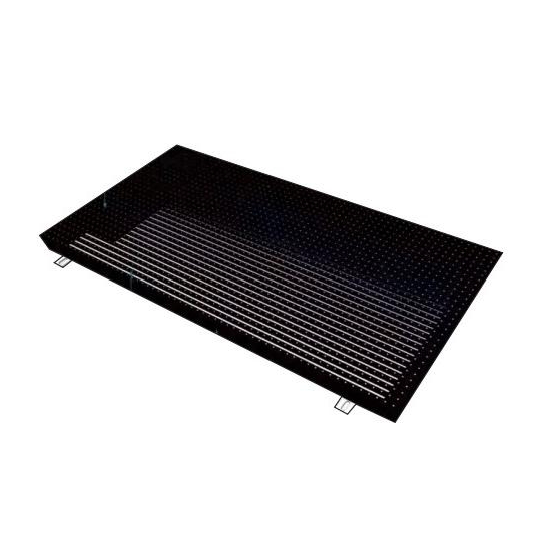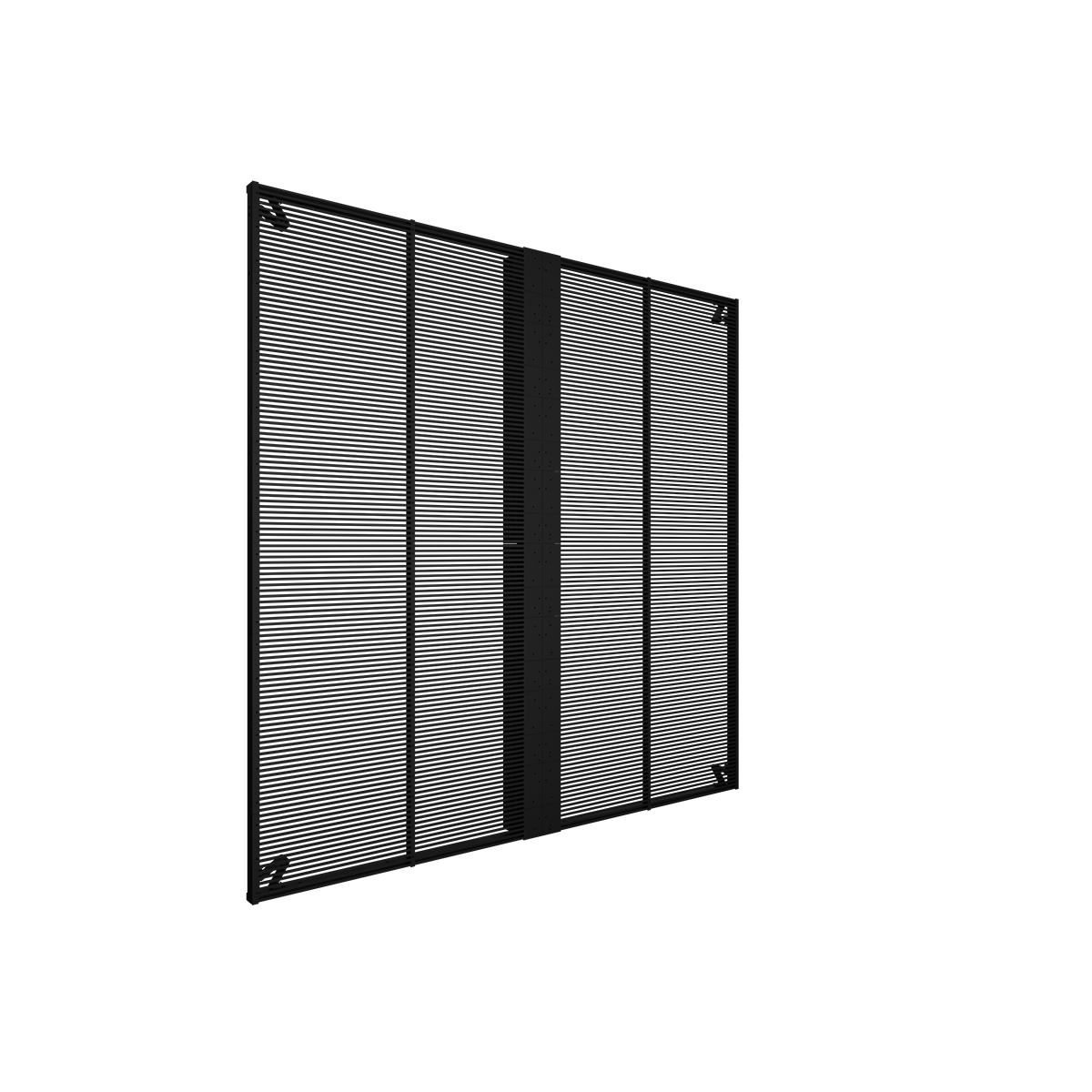In today's fast-paced digital world, display technology continues to evolve at a rapid pace. Among the most recent innovations, the MIP LED screen stands out as a groundbreaking advancement in the realm of display technology. MIP (Monolithic Integrated Pixels) LED screens are becoming increasingly popular due to their unparalleled performance, durability, and versatility in various applications. This blog post will delve into the numerous benefits of MIP LED screens, their potential uses, and how they are poised to change the landscape of digital displays.
What is an MIP LED Screen?
An MIP LED screen is a cutting-edge display technology that integrates the LED (Light Emitting Diode) pixels directly onto a monolithic substrate. This integration results in a screen that is not only thinner and lighter but also more energy-efficient and capable of delivering superior image quality. Unlike traditional LED screens, where LEDs are mounted on a printed circuit board (PCB), the MIP LED screen features a fully integrated structure, leading to several significant advantages.
The Technology Behind MIP LED Screens
To truly appreciate the innovation that the screens represent, it's essential to understand the technology behind them. The integration of pixels onto a single monolithic substrate eliminates many of the issues associated with traditional LED displays, such as alignment problems and the need for extensive wiring. This results in a screen that can deliver higher resolution, better color accuracy, and improved contrast ratios.
Advantages of MIP LED Screens
The screen technology offers a range of benefits that make it an attractive option for various applications. Let's explore some of the key advantages that set the LED screens apart from traditional LED displays.
Superior Image Quality
One of the most significant advantages is their ability to deliver superior image quality. The integration of LEDs onto a single substrate allows for more precise pixel control, resulting in sharper images, vibrant colors, and deeper blacks. This makes MIP LED screens ideal for high-end displays where image quality is paramount.
Enhanced Durability and Longevity
Another notable benefit is their enhanced durability. The monolithic integration of pixels reduces the risk of mechanical failures, making these screens more resistant to physical damage. Additionally, the reduced need for wiring and connectors means fewer points of failure, leading to a longer lifespan compared to traditional LED displays.
Energy Efficiency
In today's eco-conscious world, energy efficiency is a critical consideration for any technology. The screens are designed with energy efficiency in mind. The integrated design reduces power consumption, making them an environmentally friendly choice for both indoor and outdoor applications. This energy efficiency also translates to cost savings in the long run, making the screens a financially sound investment.
Versatility in Applications
The versatility is another reason why they are gaining popularity. These screens can be used in a wide range of applications, from large-scale digital billboards to high-definition indoor displays. Their lightweight and thin design make them easy to install in various settings, whether it's for advertising, entertainment, or informational purposes.
Seamless Integration with Smart Technology
As the world becomes increasingly connected, the ability to integrate with smart technology is a crucial feature for any modern display. The screens are designed to work seamlessly with smart systems, allowing for remote control, real-time monitoring, and dynamic content updates. This makes them an ideal choice for digital signage in smart cities, retail environments, and public spaces.
MIP LED Screen vs. Traditional LED Displays
While traditional LED displays have been the industry standard for years, MIP LED screens offer several advantages that make them a superior choice in many situations. Let's take a closer look at how MIP LED screens compare to traditional LED displays in various aspects.
Image Quality and Resolution
Traditional LED displays have limitations when it comes to pixel density and resolution. The spacing between the LEDs can result in a screen-door effect, where individual pixels are visible, especially at close viewing distances. In contrast, MIP LED screens eliminate this issue by integrating the pixels onto a single substrate, allowing for higher pixel density and smoother images.
Durability and Maintenance
Traditional LED displays often require regular maintenance due to the numerous connections and wiring involved. Over time, these components can wear out, leading to screen failures and costly repairs. MIP LED screens, with their monolithic design, significantly reduce the need for maintenance, offering a more reliable and long-lasting solution.
Installation and Flexibility
The installation process for traditional LED displays can be cumbersome due to their weight and the need for extensive wiring. MIP LED screens, on the other hand, are lighter and thinner, making them easier to install and more flexible in terms of placement. This flexibility opens up new possibilities for creative installations in spaces where traditional LED displays would be impractical.
Applications of MIP LED Screens
The unique features make them suitable for a wide range of applications. Let's explore some of the most common uses for this innovative technology.
Digital Signage
One of the most prevalent uses is in digital signage. Whether it's for advertising in shopping malls, airports, or public transportation hubs, the screens offer the image quality and reliability needed for high-visibility displays. Their energy efficiency and low maintenance requirements also make them an ideal choice for 24/7 operation in commercial environments.
Indoor LED Displays
When it comes to indoor LED displays, the screens are an excellent option due to their superior image quality and versatility. These screens can be used in a variety of indoor settings, from corporate offices to entertainment venues. The ability to deliver sharp images and vibrant colors makes them perfect for environments where visual impact is crucial.
Broadcast and Entertainment
The broadcast and entertainment industries require displays that can deliver exceptional image quality and reliability. The screens are well-suited for these applications, offering the high resolution and color accuracy needed for live events, TV studios, and digital theaters. Their durability also ensures that they can withstand the rigors of production environments.
Retail and Hospitality
In retail and hospitality, creating an engaging customer experience is key to success. The screens can be used to create dynamic displays that capture attention and enhance the overall atmosphere. Whether it's for interactive displays in retail stores or digital menus in restaurants, the screens offer the flexibility and performance needed to create memorable experiences.
Smart Cities and Public Spaces
As cities around the world embrace smart technology, MIP LED screens are becoming an integral part of the urban landscape. These screens can be used for everything from traffic management and public information displays to interactive kiosks and digital art installations. Their ability to integrate with smart systems makes them a powerful tool for enhancing the functionality and aesthetics of public spaces.
The Future of MIP LED Screens
As the demand for high-quality, reliable, and energy-efficient displays continues to grow, the screens are poised to play a significant role in the future of display technology. Their unique combination of performance, durability, and versatility makes them an ideal choice for a wide range of applications. As technology continues to evolve, we can expect to see even more innovative uses for the screens in the years to come.
Emerging Trends
One of the emerging trends in the display industry is the use in augmented reality (AR) and virtual reality (VR) applications. The high resolution and low latency of these screens make them well-suited for immersive experiences, where visual clarity and responsiveness are critical. As AR and VR technologies continue to advance, MIP LED screens are likely to become a key component in the development of next-generation devices.
Environmental Impact
The environmental impact of technology is a growing concern for consumers and businesses alike. MIP LED screens offer a more sustainable option compared to traditional LED displays, thanks to their energy efficiency and long lifespan. As more companies prioritize sustainability, the demand for environmentally friendly display solutions like MIP LED screens is expected to increase.
Conclusion
In conclusion, the MIP LED screen represents a significant advancement in display technology, offering numerous benefits over traditional LED displays. From superior image quality and durability to energy efficiency and versatility, the screens are well-suited for a wide range of applications, from digital signage to smart cities. As technology continues to evolve, we can expect MIP LED screens to play an increasingly important role in shaping the future of digital displays.
















